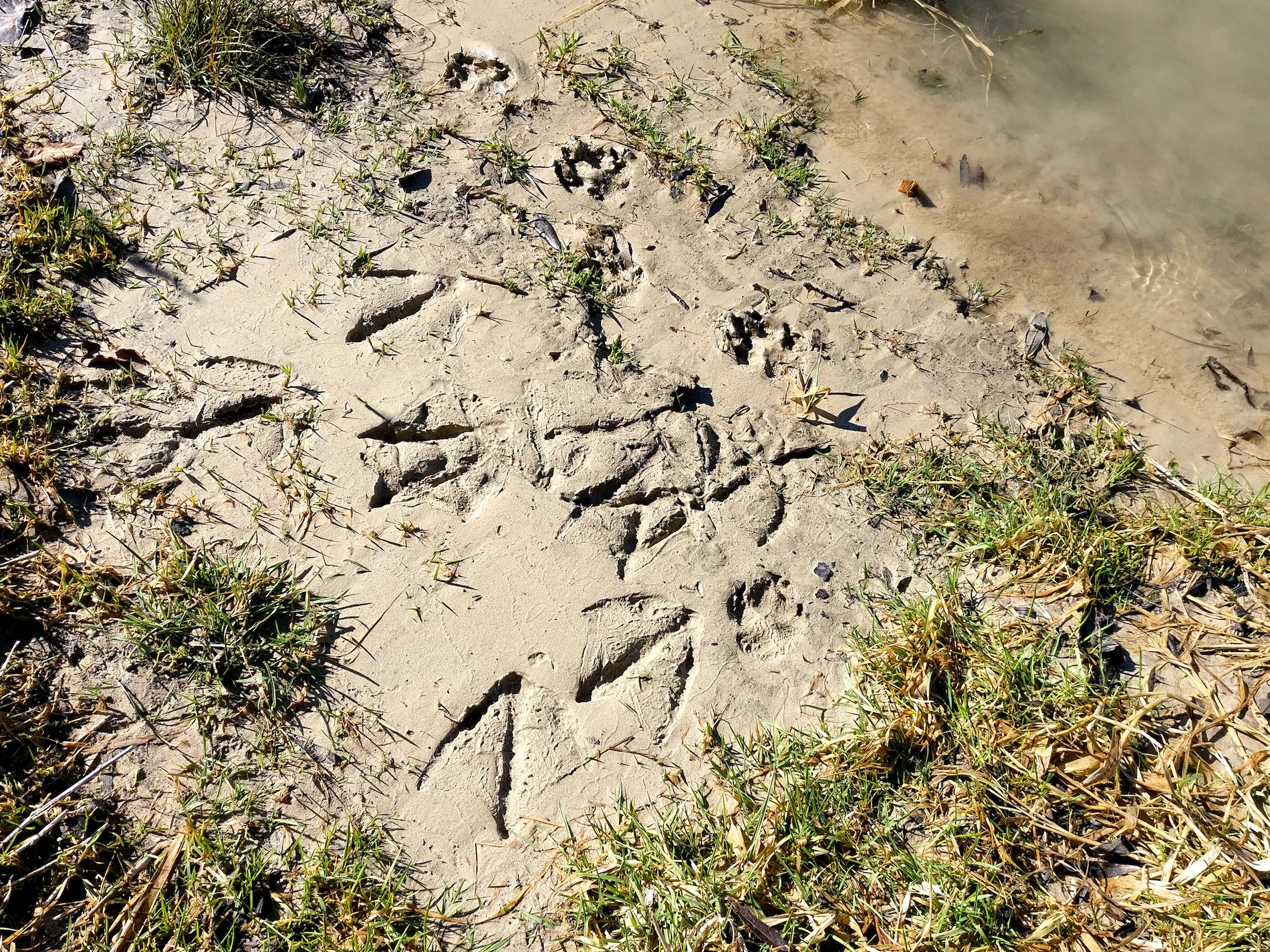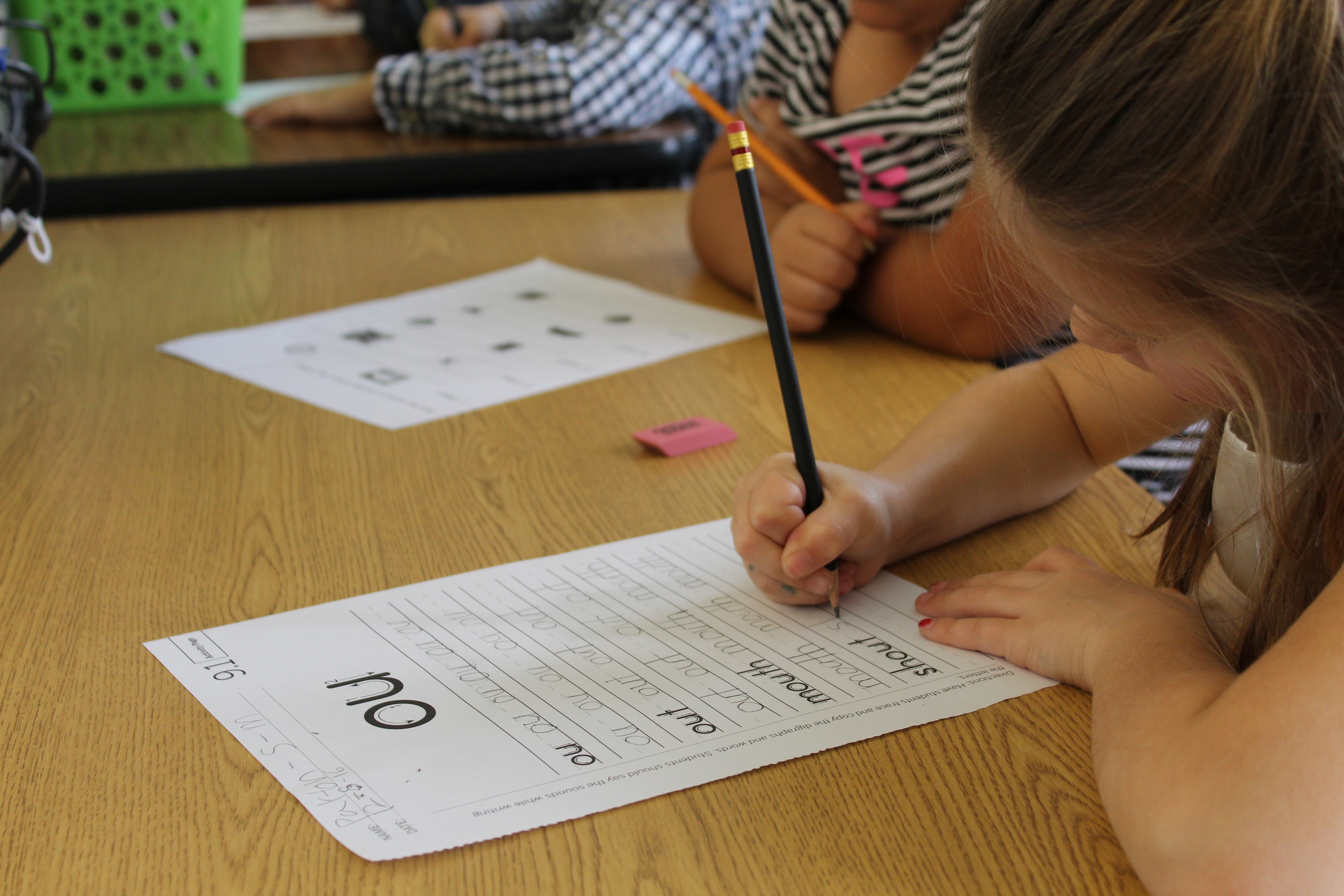What’s your brain doing as you read these words? How did it learn to read in the first place? The remarkable journey of just one letter reveals the surprising answers.
Chase a beam of light as it bounces off this page and into an eye, through a three-millimeter aperture in an iris, making a splotchy pattern of dark and light on a retina. Where it lands, a cell fires. Millions more fire together. They discern the stem and bar in the letter T. But these cells don’t understand lines and letters. They know only pixels of light and dark.
Now we travel with the signal from the retina all the way around to the brain’s vision module, called, simply, V1. (Poke your skull at its rearmost, about four inches above your neck, and you’re right about there.) We loop down and under and enter humbly, through the back door.
Welcome to the teeming arrival hall for signals from the retina. Here, neurons wait like anxious relatives craning their necks to spot a familiar face—in this case, a single shape: a line, a junction where two lines meet, a loop, or a hole. When they sight their target, they get excited.
(Put another way: If you toss a handful of matches onto the floor, it’s unlikely that two will land in a perfect T. Even less likely that three will meet in a Y. The visual system knows, when it detects edges in a T or a Y, that that is no accident. It has found an object in the world.)
We move forward, into V4. Here we find a neuron that understands true T-ness. It fires not just for uppercase T’s but also for lowercase t’s, for Ts large and small, bold and italic, at jaunty angles. This is remarkable because no brain was born with this neuron. It had to learn T-ness, in all its printed and scrawled forms.
It is actually not fair to say that a single neuron understands T-ness. That last neuron may contribute little. It stands on the shoulders of an enormous network of neurons that did the hard work. And the enormous network of neurons that come after it, farther toward the front of the brain, stand on the T-ness neuron’s shoulders. But back to our T. Without warning, the pathway forks.
One fork leads up the left side of the face, to a point behind the ear. When the neurons here fire, the brain hears speech. The T signal triggers a neuron for the T sound, written /t/. Any human brain that knows how to speak—all of them older than an infant—has a /t/ neuron. But the link from the visual T to the speech /t/ has to be learned. That link is the basis for what we call reading.
The other fork, back at V4, leads us a little farther forward, along the underside of the brain. Here the T-signal meets signals for other letters arriving simultaneously. The interaction goes something like this.

The part of the brain that was hijacked to build the word bank—the visual word-form area—was built to do something else. No one knows what. One theory is that our ancestors used it for finding animal tracks in the mud. The shapes and line junctions in footprints resemble letters, perhaps.
Mysteriously, the same area on the underside of the brain, to within a few millimeters, is used for whatever language you learn to read: Russian, Arabic, even Chinese pictographs. Equally mysterious: all these writing systems make use of the same junctions and loops and holes. Our brains did not evolve to read the letters. Humans, it seems, invented written letters to fit the signs and shapes our brains could already read—carved, like footprints, in the mud.
Laurence Holt is CEO of Center for Early Reading at Amplify.


.png)

